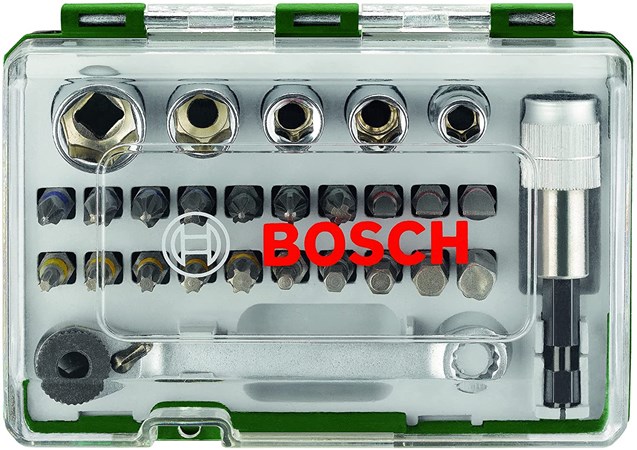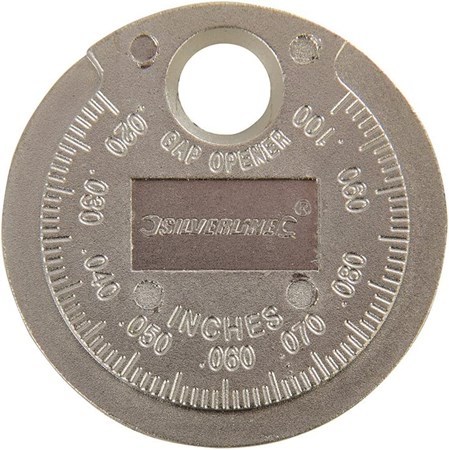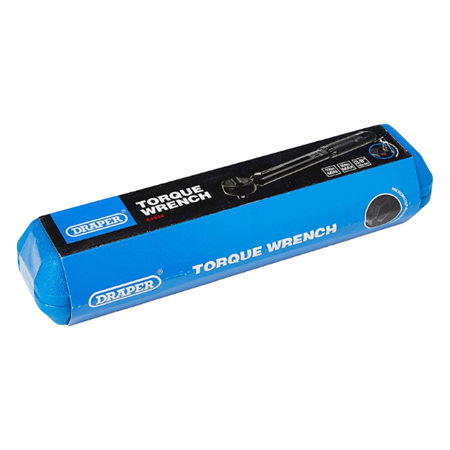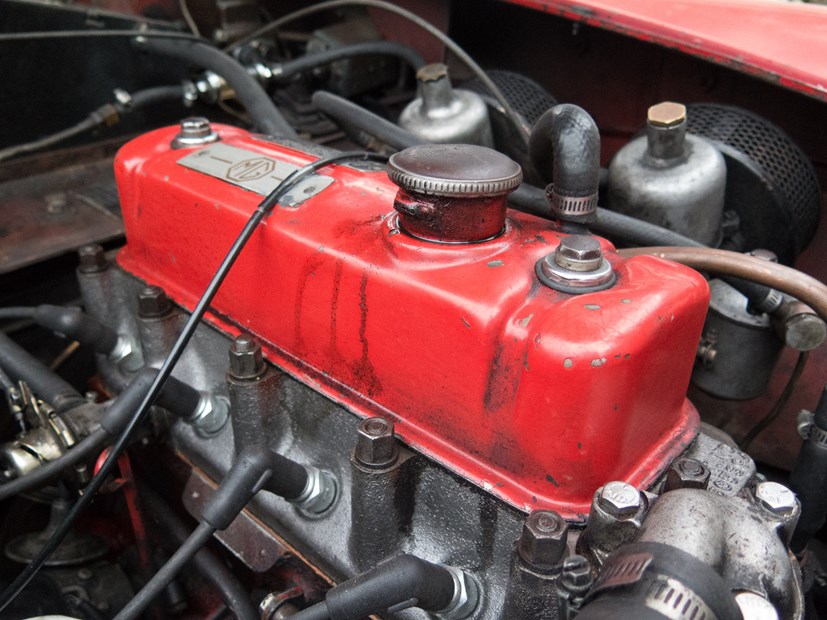Are you having trouble with your engine? It could be one of any number of issues, but it may well be a faulty spark plug. For the less mechanically literate, a spark plug ignites the compressed fuel and air mix within the engine cylinder, pushing it forward to drive the crank. They’re vital organs of a working engine, but the life of a spark plug is finite, so things can go wrong.
Need advice on how to clean up a fuel spill, what to do if you’ve put the wrong fuel in your car or how to properly apply wax? Check out the rest of the articles from our Parkers experts here.
Symptoms of a failing spark plug may include:
Misfires – An engine misfire occurs when the fuel and air mixture in one of the cylinders fails to ignite. This could be attributed to a number of causes, including poor fuel quality, but it’s more often chalked up to a broken spark plug. Increased vibration in the engine – created by uneven cylinder movement – is usually a tell-tale sign.
Poor acceleration – If your car is struggling to get up to speed, this may be due to spark plug issues.
Violent noise – If one spark plug fails to ignite, it puts increased strain on the rest of the engine as the other cylinders are overworked. This can result in more violent vibrations in the car, as well as a louder engine note. If your engine is being overworked, it will be less efficient so you may also consume fuel at a faster rate.
Some manufacturers specify how often spark plugs should be changed – say, every 30,000 miles or so. If you’ve done many years and thousands of miles of driving, it may be worth giving them a look over, even without any of the above symptoms.
The thought of replacing a spark plug might seem quite daunting, but really the process is simple and easily done. To help you out, here’s a short step-by-step guide on how to change a spark plug.
1. Disconnect your spark plugs
Make sure no water or debris is on or around the spark plugs as this could fall into the cylinder once the spark plug is removed, contaminating the engine. Use a socket wrench to unscrew and pull out the spark plug, then inspect the unit to check if it is worn down and needs replacing. We recommend using a socket wrench as it will allow for faster movement in a tight environment. Tell-tale signs of a faulty spark plug includ a rounded or discoloured electrode.
Bosch Socket Wrench Set

Price: £15.04 | VIEW OFFER
Need a socket wrench? Check out this mini set from Bosch, featuring colour-coded bits and a quick release system for efficient work.
2. Mind the gap
Spark plugs are manufactured with a specific gap between electrodes to deliver adequate current to ignite the fuel air mixture. If the spark plug gap is too wide, the electrical system will not be able to generate enough current to create the spark, too narrow and the spark may simply not be hot enough. Be sure to first learn your vehicle’s specifications to know which is the correct gap.
Silverline Spark Plug Gap Tool

Price: £2.93 | VIEW OFFER
This spark plug gap tool from Silverline is a very affordable solution to checking spark plugs. This example has a measuring range of between 0.5 and 2.55 mm. It’s a simple design, but it works.
3. Replace the plugs
Always replace your spark plugs with the same type and specification as those you are removing. This will ensure a smooth and long-lasting engine performance life. Check with your manufacturer to ascertain which you need.
However, you may want to begin turning by hand as it can be quite fiddly. Once going, you can finish the rest off using your torque wrench. It’s also worth noting that the plugs should be installed on a cold engine to reduce the risk of cross-threading as you screw them in.
Some plugs may be coated in a specific metal wrap to prevent seizing of the cylinder head. These are typically the more expensive kind. Should the body of your new spark plugs be dark in colour, they won’t have been pre-coated, so it’s recommended to apply some additional anti-seize paste before installation.
MOLYSLIP Anti-Seize Grease

Price: £13.20 | VIEW OFFER
This anti-seize grease from MOLYSLIP is affordable yet effective, withstanding up to 650°C so as to protect against rust, corrosion and galling.
When reinstalling the plugs, it’s important to deploy the right amount of torque by using a torque wrench so as not to cause any damage. The spec of the engine and the spark plug – usually found within the owner’s manual – will necessitate a specific torque deployment to appropriately install the spark plugs, so prime your wrench to this setting and you’re ready to go.
Draper Torque Wrench

Price: £34.64 | VIEW OFFER
This torque wrench from trusted and storied manufacturer Draper would make a great choice for the job. The slender profile of the tool makes it perfect for tight engine bays, while still delivering powerful performance.
As a general rule, it’s recommended to change all the spark plugs at once to ensure the engine work rate is balanced for a smooth ride.
Sign up to the Parkers Newsletter to keep up to date with more of the latest reviews, news, and recommendations from the Parkers team.
Just so you know, whilst we may receive a commission or other compensation from the links on this page, we never allow this to influence product selections – read why you should trust us.
Just so you know, we may receive a commission or other compensation from the links on this website - read why you should trust us.












